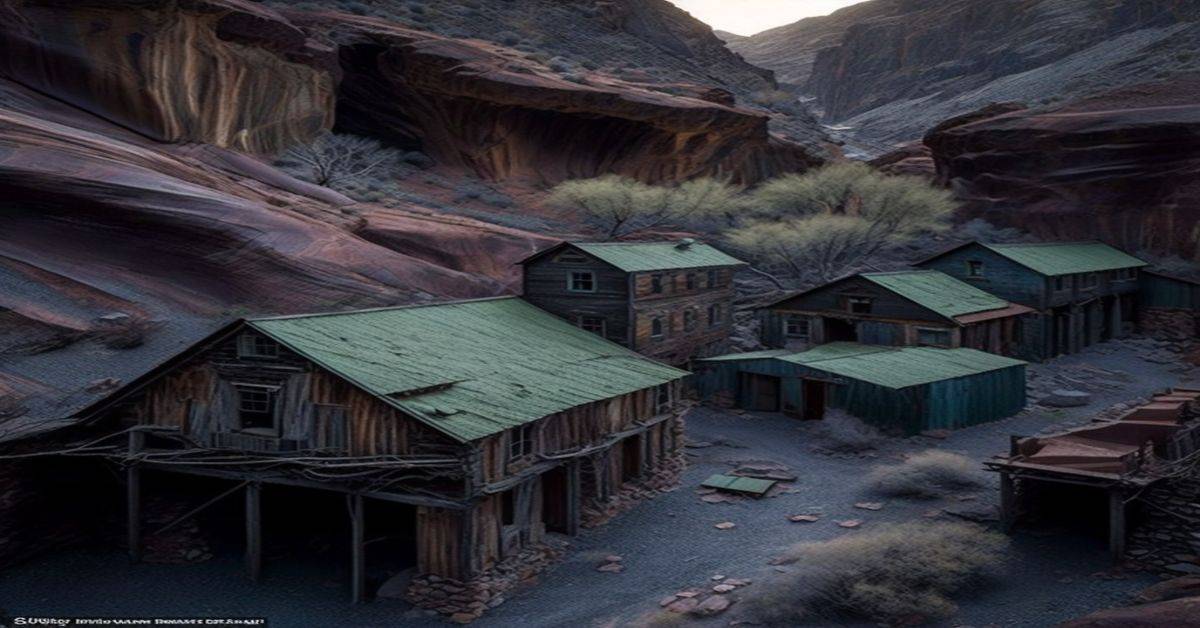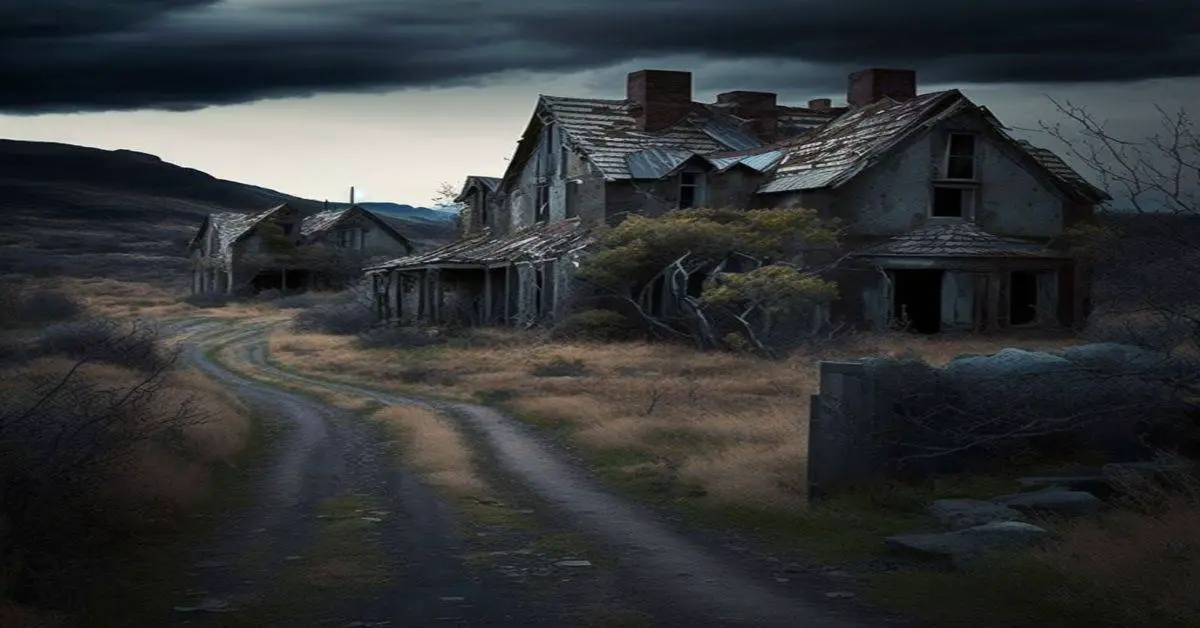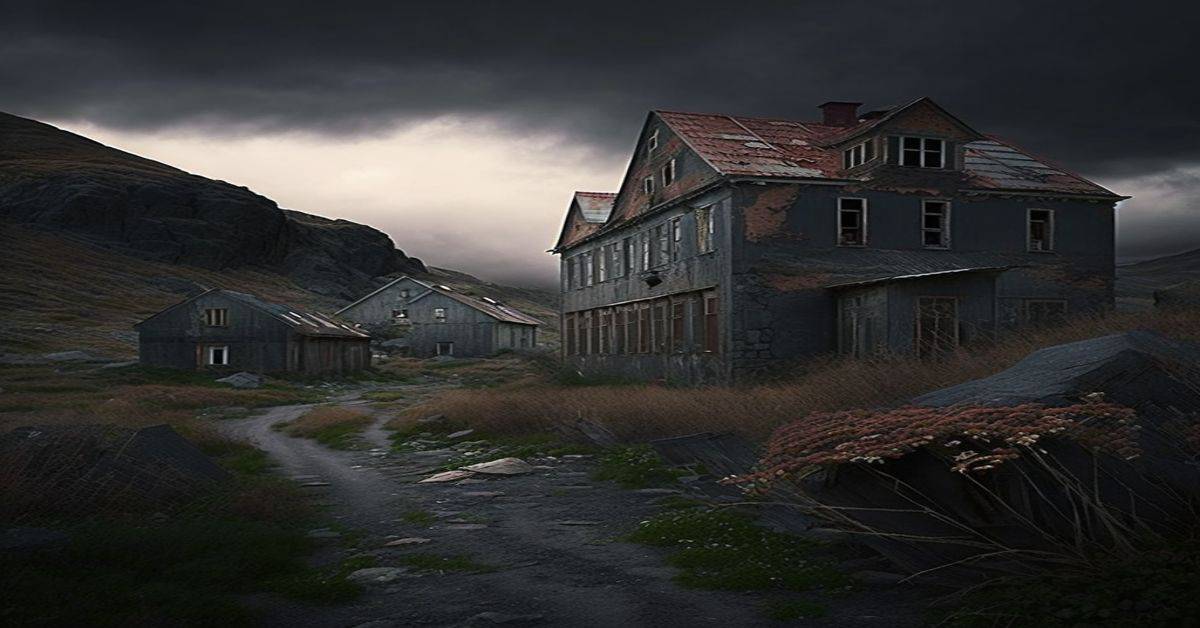Silver Palm, a small town located near Silver Palm Drive and Newton Road, was once a thriving community in the early 1900s. Originally founded by a handful of homesteading farmers, the town expanded to cover the area from Perrine to Florida City and was named after the silver palm trees that dotted the landscape.
Despite its rapid growth, the town’s progress was impeded by a series of devastating events that led to its eventual decline and abandonment. Today, Silver Palm remains a forgotten ghost town, but its history and legacy continue to captivate the imagination of those who seek to uncover its secrets.
In this article, we will explore the history of Silver Palm and discover what remains of this once-thriving community. We will examine the town’s early development, its reliance on the citrus industry, the onset of the citrus canker epidemic, the devastating effects of the 1926 hurricane, and the impact of the Great Depression.
Through this analysis, we hope to provide a comprehensive understanding of the factors that led to the decline of Silver Palm and to shed light on the town’s lasting legacy. Ultimately, our exploration of Silver Palm will offer a glimpse into a forgotten chapter of Florida’s history and provide insights into small towns’ challenges in the early 20th century.
Key Takeaways
- Silver Palm was founded in the early 1900s and named after the silver palm trees in the area.
- The town relied on the citrus industry but had to diversify after the citrus canker epidemic in 1913.
- Silver Palm faced economic devastation from the 1926 Hurricane and Great Depression, leading to its decline and eventual abandonment.
- Despite its current state as a ghost town, the legacy of Silver Palm continues to captivate those interested in its history and attracts tourists to landmarks such as the old schoolhouse.
History and Development
The development of Silver Palm began in the early 1900s when a small number of homesteading farmers settled the area near Silver Palm Drive and Newton Road. The community grew rapidly and eventually expanded to span Perrine to Florida City. After the lowlands were drained, the tropical climate proved ideal for the citric industry.
The area’s early settlers were Charles Gossman and William Anderson, who built the first general store. Anderson’s General Store became a landmark in the area, and a schoolhouse was built across from it, making it known as Anderson’s Corner. The schoolhouse, known as Silver Palm School, was one of the few surviving landmarks in the community.
Unfortunately, the community suffered economic devastation due to the citrus canker epidemic in 1913. The epidemic caused the citrus industry to collapse, and the area never fully recovered. The 1926 Hurricane and Great Depression further dealt blows to the community. William Anderson’s store closed in 1930, leaving only the Silver Palm School and community general store. The maximum size of Silver Palm was probably 4 miles by 4 miles, centered on the General Store. Silver Palm remains a significant part of Florida’s history despite its decline.
Architecture and landmarks played a significant role in the development of Silver Palm. Anderson’s General Store and the Silver Palm Schoolhouse were two of the most prominent landmarks in the community. The schoolhouse was a testament to the community’s dedication to education, and it remained open until 1990. The architecture of the buildings in Silver Palm reflected the area’s agricultural roots, with many of the buildings being simple and functional. Despite their modest appearance, these buildings played a crucial role in the community’s development.
Today, the old schoolhouse still stands across from Robert is Here fruit stand in Longview, a reminder of Silver Palm’s rich history.
Citrus Industry and Epidemic
The thriving citrus industry in the area was devastated by a canker epidemic in 1913, causing economic hardship for the residents of the developing Silver Palm community. The disease, caused by bacteria, affected citrus fruits and their leaves, making them spotted and unsellable. The epidemic forced farmers to destroy infected trees, causing a significant loss of income for many families in the area.
Despite the setback, the community did not give up on agriculture and continued to innovate. The residents turned to growing avocados, mangoes, and limes, which thrived in the tropical climate. Additionally, they began to explore other crops, such as tomatoes and beans, to diversify their agricultural production.
However, the citrus canker epidemic left a lasting impact on the area’s economy, and it was not until the arrival of air conditioning in the 1950s that agriculture in the region began to flourish again.
Decline and Legacy
Despite efforts to diversify agriculture, the economic decline of the surrounding area continued, and Silver Palm ultimately became a ghost town. The 1926 hurricane and the Great Depression further affected the struggling community. William Anderson’s general store closed in 1930, leaving only the Silver Palm School and a community general store. The maximum size of Silver Palm was probably 4 miles by 4 miles, centered on the general store.
Today, Silver Palm is little more than a memory, with abandoned structures and local folklore being the only remnants of this once-thriving community.
Despite its decline, the legacy of Silver Palm lives on. The community’s history is preserved in local archives, and the area still attracts those interested in its history. The old schoolhouse across from Robert is Here fruit stand in Longview is a popular tourist destination. And while the community itself may no longer exist, the spirit of Silver Palm lives on in the memories of those who lived there and in the stories that have been passed down through the years.
Frequently Asked Questions
What was the population of Silver Palm at its peak?
At its peak, the population statistics of Silver Palm are unknown, but it was likely small. Economic activities centered around citrus farming until a canker epidemic and the Great Depression caused decline.
Were there any notable events or individuals associated with Silver Palm’s history?
Notable events or individuals associated with Silver Palm’s history include the citrus industry’s rise and fall due to the citrus canker epidemic and the 1926 Hurricane. No Civil War connections were found. Economic decline ultimately led to the town’s demise.
What was the primary mode of transportation in Silver Palm during its heyday?
The primary mode of transportation in Silver Palm during its heyday is not explicitly mentioned, however, given the time period, it is likely that horse-drawn carriages were used. Steamboats may have also been utilized for transportation of goods.
Did the community have any notable cultural or religious institutions?
There is no evidence of any notable cultural or religious institutions in Silver Palm. Historical records indicate that the community was primarily focused on agriculture, with a focus on citrus farming, and little attention was given to cultural traditions or religious practices.
Are there any current plans for revitalizing or preserving Silver Palm’s remaining historical sites?
Preservation efforts are underway for Silver Palm’s remaining historical sites, with community involvement in fundraising and restoration projects. The long-term goal is to preserve the town’s rich history and promote tourism in the area.


